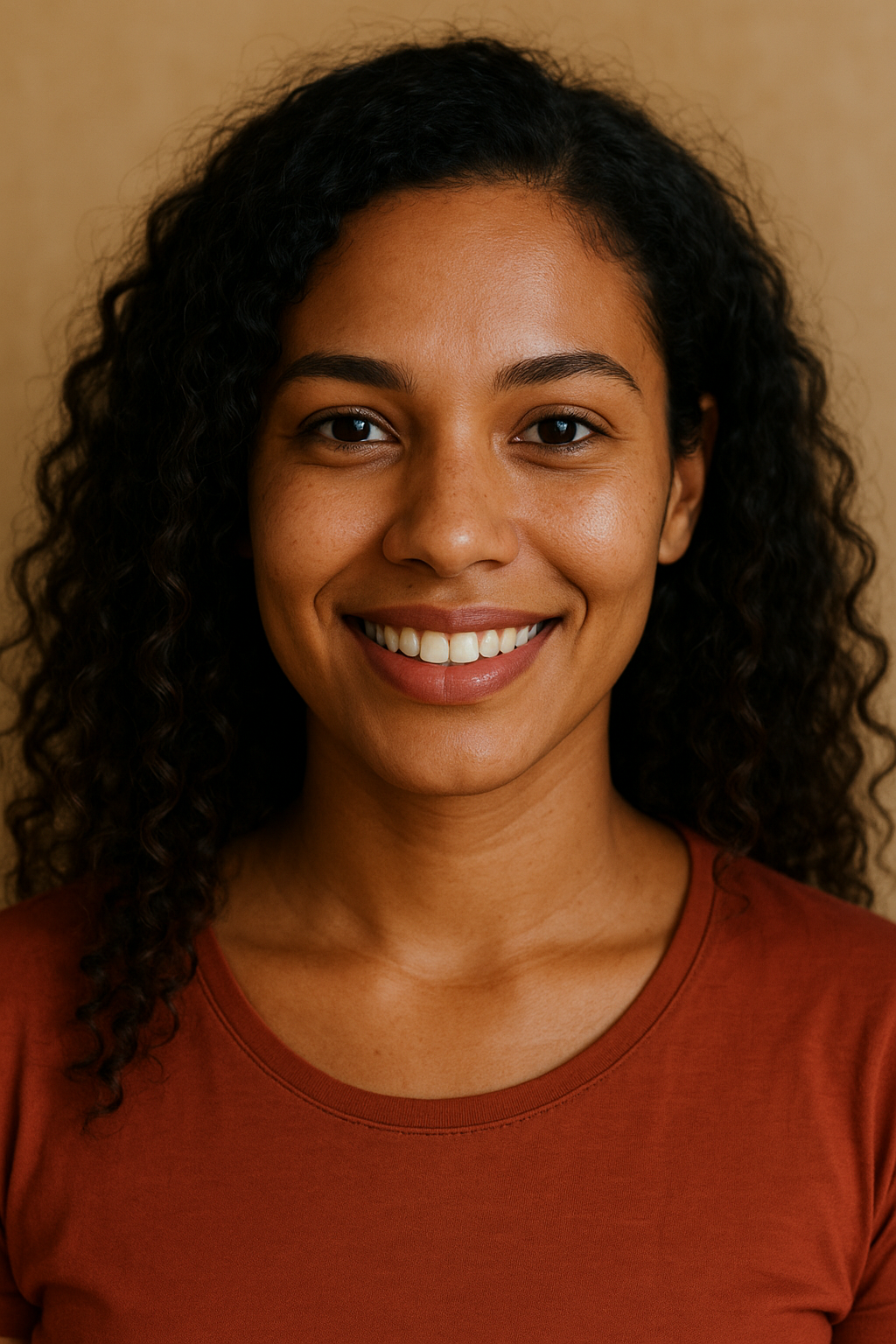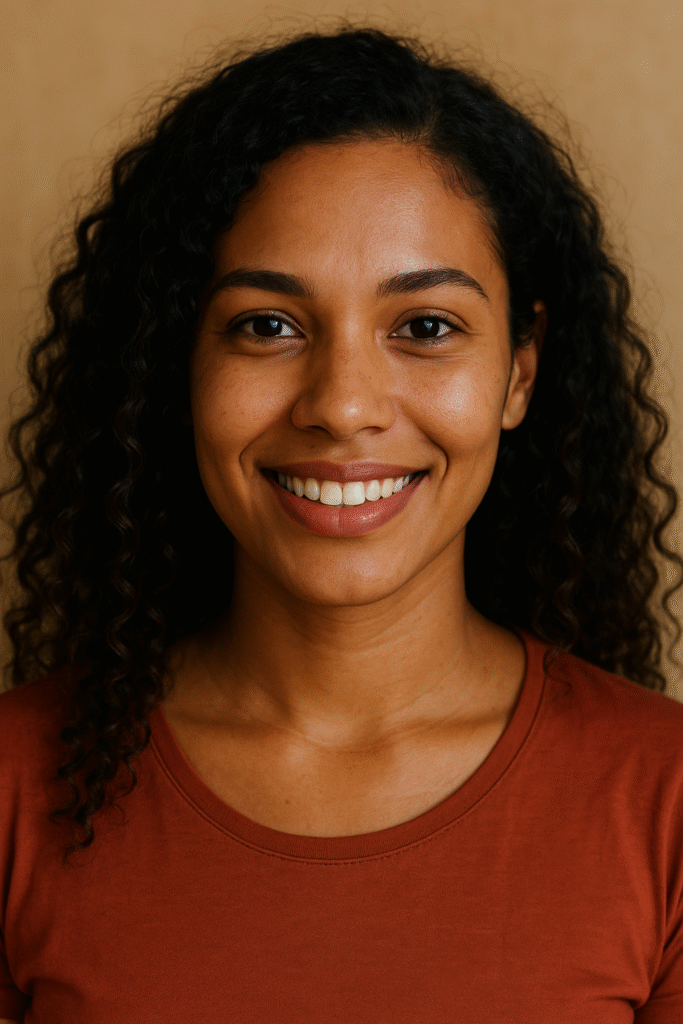“Rookie Historian Goo Hae-ryung” is a popular South Korean historical drama that aired in 2019, captivating audiences worldwide with its fresh perspective on the Joseon dynasty and the role of women in history. The series follows Goo Hae-ryung, a passionate and progressive female historian who challenges societal norms in a male-dominated court. The drama’s blend of romance, political intrigue, and social commentary sparked a lot of curiosity about its basis in history.
Many viewers wonder: Is “Rookie Historian Goo Hae-ryung” based on a true story? How historically accurate is the depiction of characters, events, and societal issues?
Historical Context: The Joseon Dynasty and the Role of Historians
To understand whether “Rookie Historian” is a true story, it is essential to grasp the historical framework of the Joseon dynasty, which lasted from 1392 to 1897. This era was characterized by a rigid Confucian social order, strict gender roles, and a strong emphasis on scholarly pursuits, particularly the Confucian classics.
Historians in Joseon were highly respected scholars responsible for documenting events meticulously in official chronicles. However, the role was traditionally dominated by men, as women’s participation in scholarly activities was minimal due to societal restrictions. The idea of a female historian actively working within the royal court, as portrayed by Goo Hae-ryung, is a progressive reimagining that challenges historical norms.
While women did contribute to literature and some unofficial records, their work was often limited or suppressed. Therefore, the drama’s central premise of a woman appointed as a royal historian is a fictional construct designed to highlight gender inequality and inspire contemporary audiences.
Characters: Fictional or Historical Figures?
The protagonist, Goo Hae-ryung, is a fictional character created to embody the struggles and aspirations of women who sought education and recognition in a patriarchal society. There are no direct historical records of a female historian with her exact background during the Joseon era. However, the character’s passion for truth and equality resonates with real-life figures and progressive movements throughout Korean history.
Similarly, other key characters, including Prince Yi Rim and royal court officials, are either fictional or loosely inspired by historical personages. The drama uses these characters to explore themes such as political power struggles, court intrigues, and social reform, which were indeed significant during the Joseon period, but their personal stories are dramatized for narrative impact.
This blend of fact and fiction allows the drama to create a compelling story while raising important questions about historical gender roles and social justice.
Social Issues Highlighted in the Drama
“Rookie Historian” stands out for its focus on issues such as women’s education, gender discrimination, and freedom of expression, which were heavily restricted in the Joseon dynasty. The show portrays how Goo Hae-ryung fights against these societal constraints, symbolizing a broader push for change.
Though these specific storylines are dramatized, they are grounded in historical realities. The Joseon era was marked by Confucian ideals that enforced strict codes of behavior for women, limiting their rights and access to education. The drama uses these elements to educate viewers about the challenges faced by women and to encourage reflection on ongoing gender equality struggles.
Creative Liberties and Historical Accuracy
Like many historical dramas, “Rookie Historian” takes creative liberties to enhance entertainment value. Costume design, set decoration, and some political events are carefully researched to maintain authenticity. However, the scriptwriters have deliberately introduced fictional elements to address modern themes and create relatable characters.
For example, the concept of a female royal historian is an anachronism, meant to serve as a narrative device rather than a historical fact. Similarly, the romance between Goo Hae-ryung and Prince Yi Rim adds emotional depth but does not reflect documented history.
Overall, while the drama is inspired by the Joseon dynasty’s setting and social structure, it prioritizes storytelling over strict historical fidelity. This approach is common in period dramas and allows creators to highlight contemporary issues through a historical lens.
Impact on Public Perception of History
Despite its fictionalized story, “Rookie Historian” has sparked renewed interest in Korean history, particularly regarding women’s roles and contributions. The drama encourages viewers to question traditional narratives and seek out historical facts about female scholars and reformers.
Educational institutions and media have used the show’s popularity to promote discussions on gender equality and historical research. This cultural impact demonstrates how fiction can be a powerful tool for social awareness and change.
Is “Rookie Historian Goo Hae-ryung” a true story? The answer is nuanced. While the drama is set against a meticulously recreated historical backdrop and reflects real societal issues from the Joseon dynasty, the central characters and plot are fictional. The show takes creative liberties to craft a compelling narrative that shines a light on gender inequality and the desire for social reform.
By blending history with fiction, “Rookie Historian” not only entertains but also educates and inspires. It invites audiences to explore Korea’s past more critically and appreciate the struggles and achievements of women whose stories have often been overlooked.
For viewers seeking historical accuracy, the drama should be seen as a starting point—a gateway to discovering the rich and complex history of the Joseon dynasty and the evolving role of women within it.


